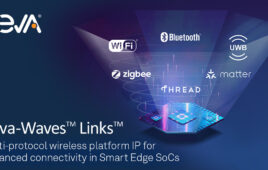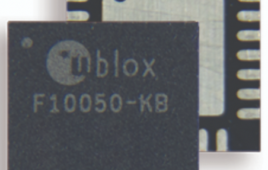The critical infrastructure sectors rely on accurate position, navigation, and timing (PNT) to function. Currently, the global positioning system (GPS) is the primary source of distributed and accurate timing information. However, GPS’s space-based signals are low-power and unencrypted, making them susceptible to both intentional and unintentional disruption.
The Department of Homeland Security (DHS) Science and Technology Directorate (S&T) has dedicated a multi‑year program to address GPS vulnerabilities in critical infrastructure, with a multi‑pronged approach to:
- Conduct vulnerability and impact assessments
- Develop mitigations
- Explore complementary timing technologies
- Engage with industry through outreach meetings and events
Industry Outreach
Industry outreach is a key component of the PNT program’s strategy, and a major event S&T hosted was the 2018 GPS Equipment Testing for Critical Infrastructure (GET-CI). This annual event provides stakeholders an opportunity to test and evaluate equipment in a unique live‑sky GPS interference environment rarely available to the private sector. Stakeholders include critical infrastructure GPS equipment manufacturers and critical infrastructure owners and operators.
“Many major critical infrastructure GPS equipment manufacturers attended this year’s S&T GET-CI event,” says Sarah Mahmood, DHS S&T Program Manager. “This made it a key engagement opportunity for the PNT program to both discover and cultivate working relationships with industry, and is a critical component of the program’s strategy for transition.”
Available Technology
In addition to informing the public of the nation’s critical infrastructure challenges, S&T also develops cost‑effective mitigation technologies for GPS interference, such as the Total Horizon Nuller (THN) antenna, which was developed in conjunction with the Homeland Security Systems Engineering and Development Institute. This antenna design is available to manufacturers through a no-cost license, and S&T has already transitioned the antenna to three companies for commercialization. The THN antenna is a specialized low‑cost “anti-jam” antenna for fixed infrastructure applications that mitigates ground-based sources of GPS interference. This low‑cost solution enables critical infrastructure owners and operators to deploy such antennas more widely within parts of their networks that require resilience measures, but were not critical enough to warrant significantly higher priced solutions.
“Some critical infrastructure operators have thousands of GPS antennas and receivers in their network. Widely deploying a $10,000 antenna is impractical. This is especially true for the wireless communications sector, which deploys cell sites everywhere. But a low-cost antenna could be deployed at sites within the networks that need it,” says Mahmood.
Looking to the future, the PNT program is engaging private industry to develop an “assured timing compliance framework” to strengthen the resilience of the nation’s critical infrastructure [sic]. This framework will be a key part of the PNT program and aims to help different levels of smart and resilient receivers meet varying end-user needs in sectors, like banking and communications. Participation in this compliance framework will be voluntary, but industry-wide adoption of this framework will enable greater PNT resilience in critical infrastructure, like the nation’s electric grids, communication networks, and financial institutions.




